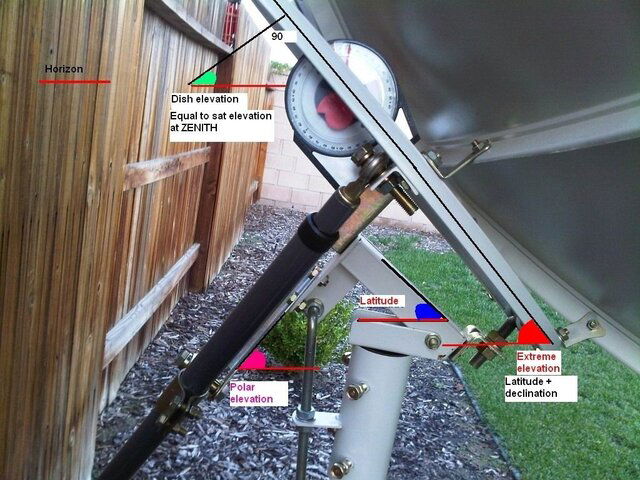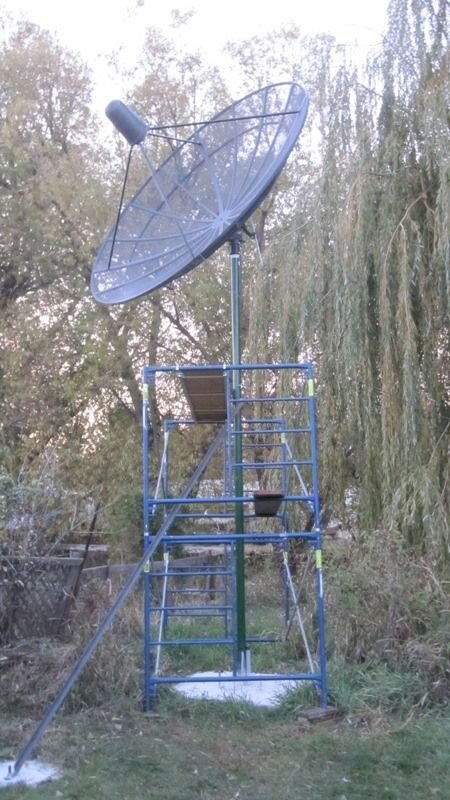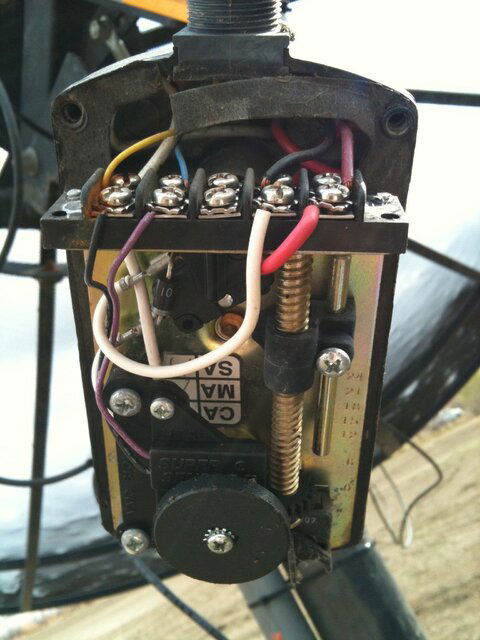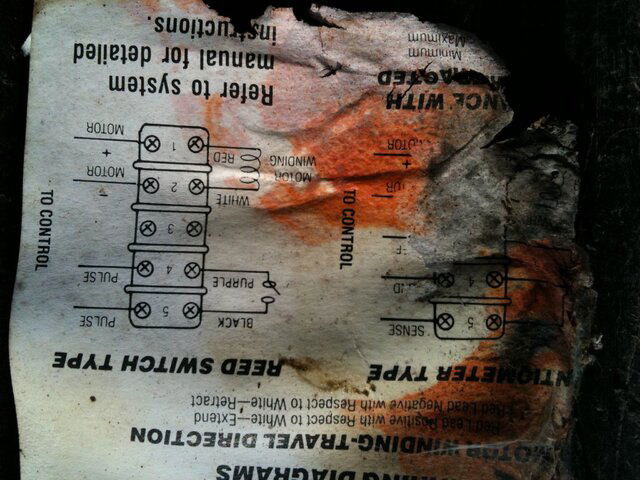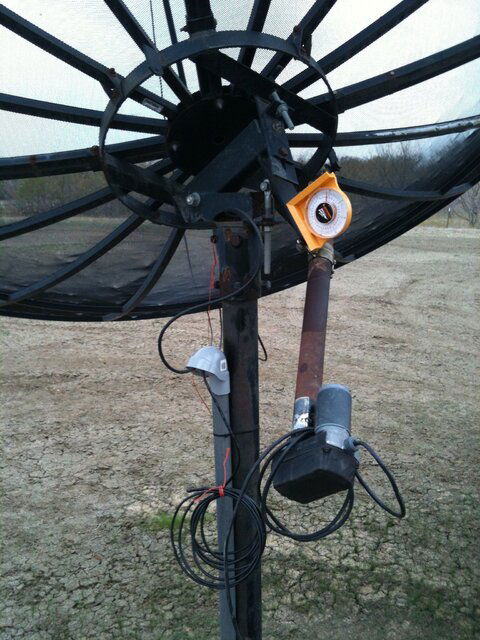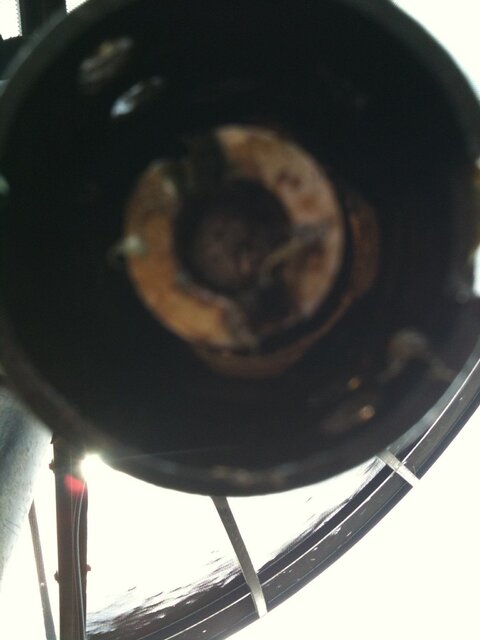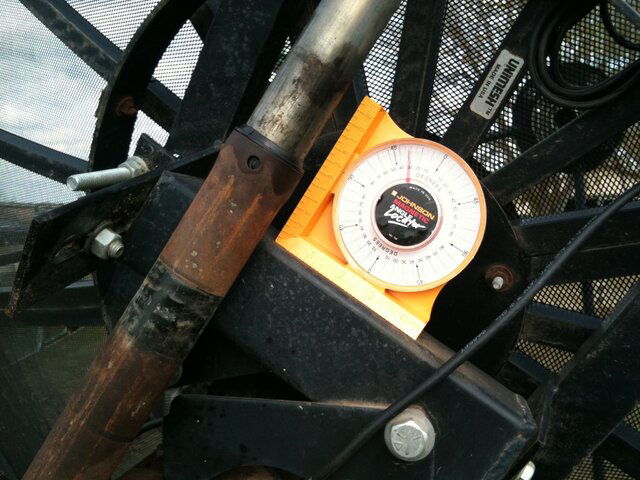Well, actually my first dish and I know nothing about setting them up. I found a 10' Unimesh on Craigslist and brought it home. Got it planted and the post is plumb. Needs some TLC, but I thought I would do that after I got it set back up. It also came with a Toshiba TRX-2220 receiver. I have a ton of questions.
I bought an Openbox, Gbox and DMX741 to get the electronics updated. The DMX741 hasn't come in yet, so I am wondering if I can use the LNB that is on it now? If I use the existing LNB, do I need to use the old receiver for the polorator? Or can I pick up some channels without the polorator wired up?
I am also reading up on Footprints by Dish Size - Adjusting the Polar Mount for Prime Focus Antenna - C/Ku-Band Satellite Systems - Tuning, Tracking, Azimuth, Elevation, Declination Angles, F/D Ratio, Focal Distance, Inclinometer, LNB/Feedhorn Assembly, Actuator Assembly, C to see if I can get this pointed in the right direction. I will be getting a inclinometer tomorrow to help with that.
I replaced the coax with RG6. I was also able to move the actuator with a battery, so it's not seized. But I don't know what the travel is, or should be. Should I initially set this up pointing true South and then work on setting up the motor?
Thanks in advance for the help,
Tim
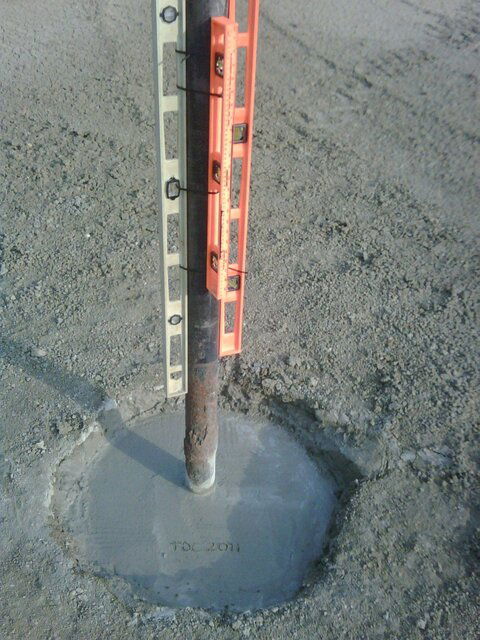

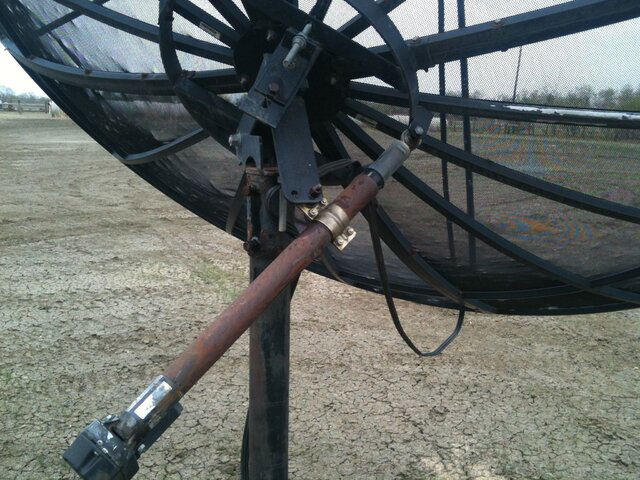

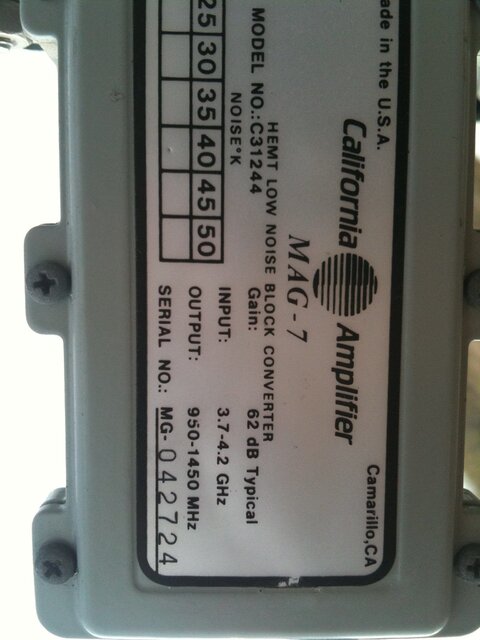
I bought an Openbox, Gbox and DMX741 to get the electronics updated. The DMX741 hasn't come in yet, so I am wondering if I can use the LNB that is on it now? If I use the existing LNB, do I need to use the old receiver for the polorator? Or can I pick up some channels without the polorator wired up?
I am also reading up on Footprints by Dish Size - Adjusting the Polar Mount for Prime Focus Antenna - C/Ku-Band Satellite Systems - Tuning, Tracking, Azimuth, Elevation, Declination Angles, F/D Ratio, Focal Distance, Inclinometer, LNB/Feedhorn Assembly, Actuator Assembly, C to see if I can get this pointed in the right direction. I will be getting a inclinometer tomorrow to help with that.
I replaced the coax with RG6. I was also able to move the actuator with a battery, so it's not seized. But I don't know what the travel is, or should be. Should I initially set this up pointing true South and then work on setting up the motor?
Thanks in advance for the help,
Tim







